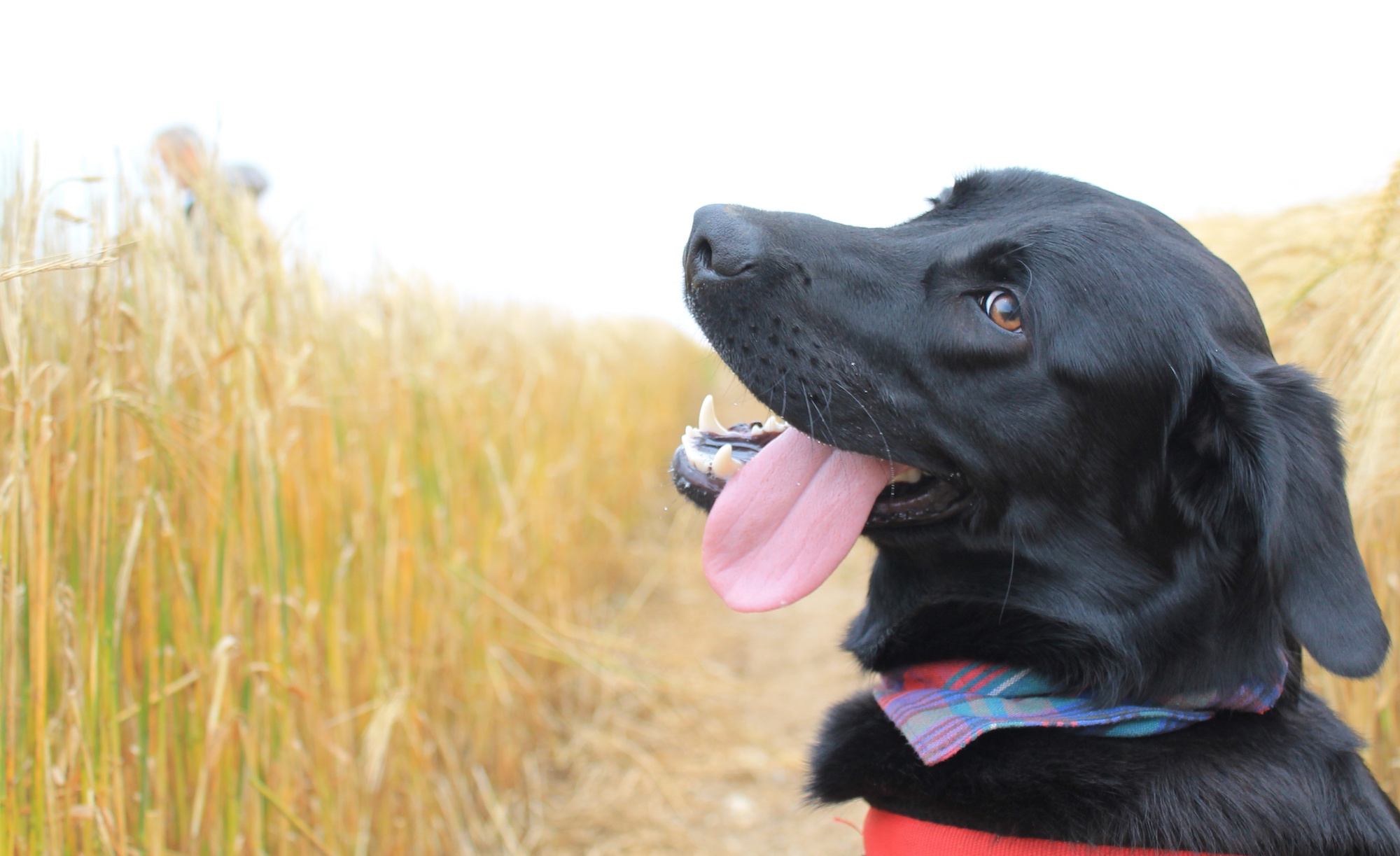It can be concerning to see your dog shake, especially if you don’t know why they’re doing so. Some breeds shake more often than others—small terriers and toy breeds like Chihuahuas, for example—but any dog may do it. Our canine companions shake in different ways. Among them: a full-body wiggle, trembling, and shivering. They also do so for more reasons than you can shake a stick at; here’s a brief rundown of some possibilities.
Normal shaking
Sometimes a dog shakes and there’s no need for you to do anything about it. The following are two common reasons. Whenever you see your dog shake, try to also take stock of other factors: what’s the context, and what else are they doing? Does their body language indicate that they’re upset? Are they whining? Do they seem to be behaving differently than normal? If the answer to any of these questions is “yes,” you should consult a vet.
Excitement
Like humans, dogs can quiver with anticipation or another buzz—maybe as they smell a favorite food or see a friend approaching.
Drying off
We’ve all seen dogs shake water off after a bath, when they exit a pool, or when they come back in from the rain. This is a behavior that dogs evolved without access to towels and blow dryers in nature.
Shaking that requires action
Not all of these reasons for shaking are necessarily a big deal—it should be easy enough to remove your dog from certain stressful situations or bring them in from the cold—but they all require you to do something to help your pup. Some will call for veterinary attention.
Cold
Like you, your dog may shiver in the cold as their body tries to warm up. Bring them someplace warmer, or bundle them up in a sweater, jacket, and/or boots. Especially for breeds who aren’t built for the cold, dog clothing can serve a practical purpose.
If your dog has pale gums, seems lethargic, is stumbling, is stiff, or is breathing slowly, these may be signs of hypothermia. While preventing hypothermia is best—for example, by keeping your dog indoors during extreme weather and giving them protective clothing when they do have to go out—if your dog may be experiencing the condition, you should seek immediate advice from a vet on how to safely get their body temperature back to normal.
And if your dog seems cold all the time despite your efforts to give them a comfortable environment, contact a vet.
Stress
Has your dog just had an unpleasant social encounter? Endured unwanted petting from a stranger? Barked at a dog or person they don’t like? Heard disturbing sounds from outside? Their shake may be a way of releasing the tension they feel. Everyone, including dogs, feels stress sometimes—but do your best to understand what your dog wants and reduce the number of unpleasant situations they face.
Pain
If your dog feels discomfort or distress due to an injury or illness, one of the ways they might show it is by shaking. Some of the common reasons for this include joint issues like arthritis—which may bring shivering—or weakening leg muscles in an aging dog, which could cause tremors. A veterinarian should be able to help determine whether your dog is in pain, and, if they are, how to treat it.
Poisoning
If your dog is shaking or appears uncoordinated after having eaten something unusual, they may be reacting to a toxin. Raisins, marijuana, and chocolate all contain toxins that can lead to tremors (and consuming them could be fatal). Dogs should steer clear of foods and other products containing xylitol, which is poisonous to pups. While the preceding list includes many hazardous items that dogs shouldn’t eat, it is not comprehensive. If you suspect that your dog has eaten anything toxic, call animal poison control or get them to a veterinarian right away.
Some flea and tick preventatives may also cause moderate to severe muscle tremors in dogs.
Seizures
Involuntary movements, including twitching, are among the possible symptoms of seizures. If the only signs you see are twitching in the limbs or face, that’s more likely a focal seizure. A generalized seizure could cause more dramatic movements, a loss of consciousness, and a variety of other symptoms. If you think your dog is having seizures, call your vet.
Other neurological issues
Multiple medical problems impacting a dog’s nervous system can cause shaking. These can include compressive lesions of the spine or nerve roots, infection of the spinal disk spaces, or tumors.
Ear infection
If your dog is shaking their head excessively, that could be among the early signs of an ear infection.
Low blood sugar
Twitching, weakness, seizures, and trembling are among the shaking-adjacent symptoms that could indicate low blood sugar, otherwise known as hypoglycemia. This is a serious condition most commonly seen in small breed puppies and requires veterinary care.
Canine distemper
This viral disease most often occurs in puppies and young dogs who haven’t been fully vaccinated. Twitching and convulsions are among the more advanced symptoms of distemper. Earlier signs may include lethargy, eye and nose discharge, fever, and coughing. If you suspect your dog may have contracted distemper, contact your veterinarian immediately; it’s a very serious, potentially fatal, illness.
Generalized tremor syndrome
Also known as shaker syndrome or steroid-responsive tremor syndrome, this is a condition in which dogs’ muscles move involuntarily. It can affect a patient’s whole body, or an individual part like the head. The cause isn’t yet certain, but it’s seen most frequently in small, white breeds like the Maltese, Bichon Frise, and West Highland white terrier. It tends to arise when dogs are on the younger side—one to two years old—and can be treated using steroids.
One more reminder: if in doubt, get it checked out
If your dog has started shivering, trembling, or otherwise moving inexplicably, and you’re not sure why, shake a leg and get them to the vet’s office ASAP. If your buddy is shaking only some of the time, you may want to record their shaking and show it to the vet later so that it’s easier for them to evaluate the dog’s symptoms.







